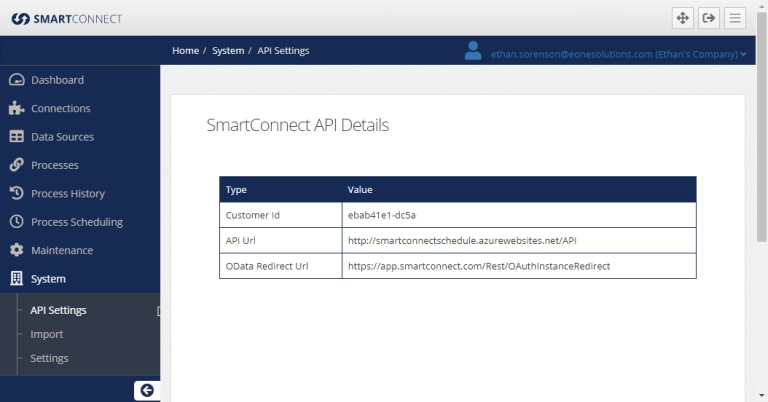Tim Berners-Lee, the inventor of the World Wide Web, has been quoted saying, “Data is a precious thing and will last longer than the systems themselves.” After all, it’s the data the systems share with us that allow us to make major business decisions. Those decisions set the course for the company, for individual employees, and for the legacy that the company. Data is king so it is beyond important to get accurate information out of your systems. Without accurate reports, you are making business decisions on bad data.
Let’s say you are the Director of Sales for a large organization, charged with determining next year’s sales projections. You study a report showing your sales from the past year and base your decisions on a 10-15% growth of sales for the upcoming year. If you only look at the total amount, you may base your decision on incomplete data or on the total amount and not the detail of all the sales. On your report, the total sales last year were $10M, so you do an estimate of $11.5M sales for the upcoming year. What happens if you did not realize you had one sale for $4M that probably will not happen in the next year. Realistically your sales were $6M and next year should be $6.6M. If you base your new revenue on $11.5M vs. $6.6M this could make your business fail.
Taking that same example, if the report is poorly formed or you have bad data, your sales of $10M for last year may have been $13M and now you have underestimated the sales growth for the following year, meaning you may not have the resources to make that happen.
In my experience, there are 5 key factors that contribute to inaccurate reports. It is in your best interest to avoid these things:
- Missing data: it’s a no brainer. When data is missing, you don’t have a full picture and will make poor decisions. Ensure you have the data you need by using a tool to integrate your systems.
- Poorly formed reports: I see this most often happening when the people writing the reports do not understand the data or reports. It is worth the investment to bring in an expert to assist you in writing the reports you need. If you want good data, invest in it. Train the people who are responsible for writing reports or bring in an expert to write the reports for you.
- Seeing the big picture but not the details: BI tends to be a buzz word right now. Pretty dashboards and nice graphics may not give you the data you need (like you saw in our scenario above). Do you have enough details to not miss the “gotchas”? Pretty pictures are just that – pictures – you need the data behind it to see the big pictures.
- Getting stuck in the details and not seeing the big picture: On the flip side, if you ONLY look at transactional level details, you may not see the larger trends you need. If you have too much detail, you get bogged won tracking down small issues, and never get to the big picture. The key, how much data is needed to determine true trend versus a short-term blip.
- Scattered Data: The most common culprit I see is when companies have data living in multiple, key systems (think things like a CRM and an ERP system) and they have no way to integrate those systems, let alone produce one report to show it all.
The good news? There’s a way to make sure you have good data. Watch for the next article discussing how integrating all your data helps ensure you have all the information you need – resulting in better reporting.
